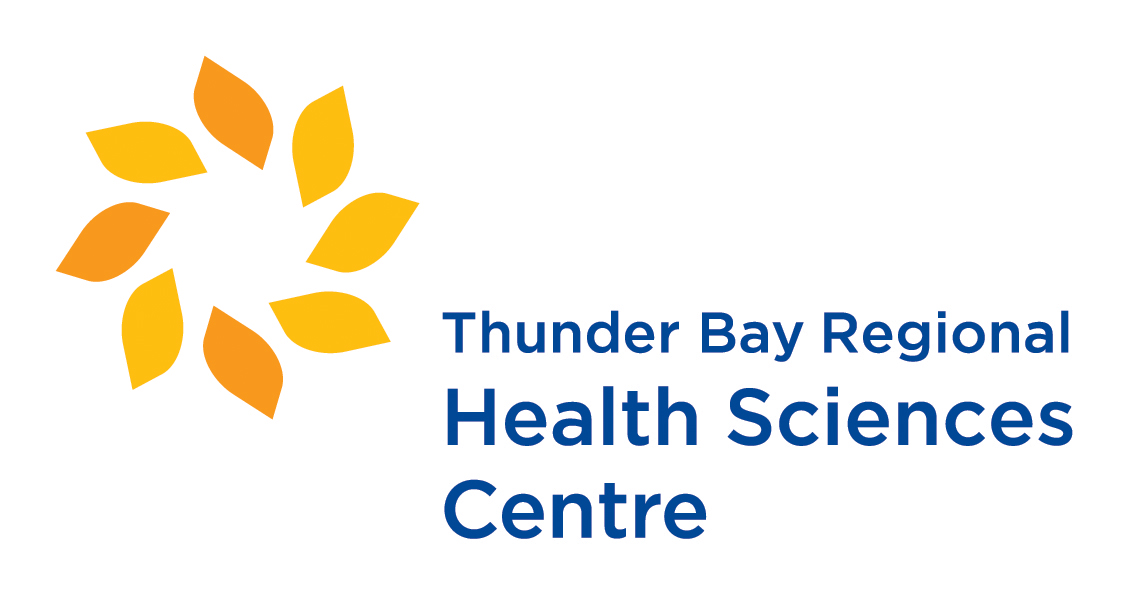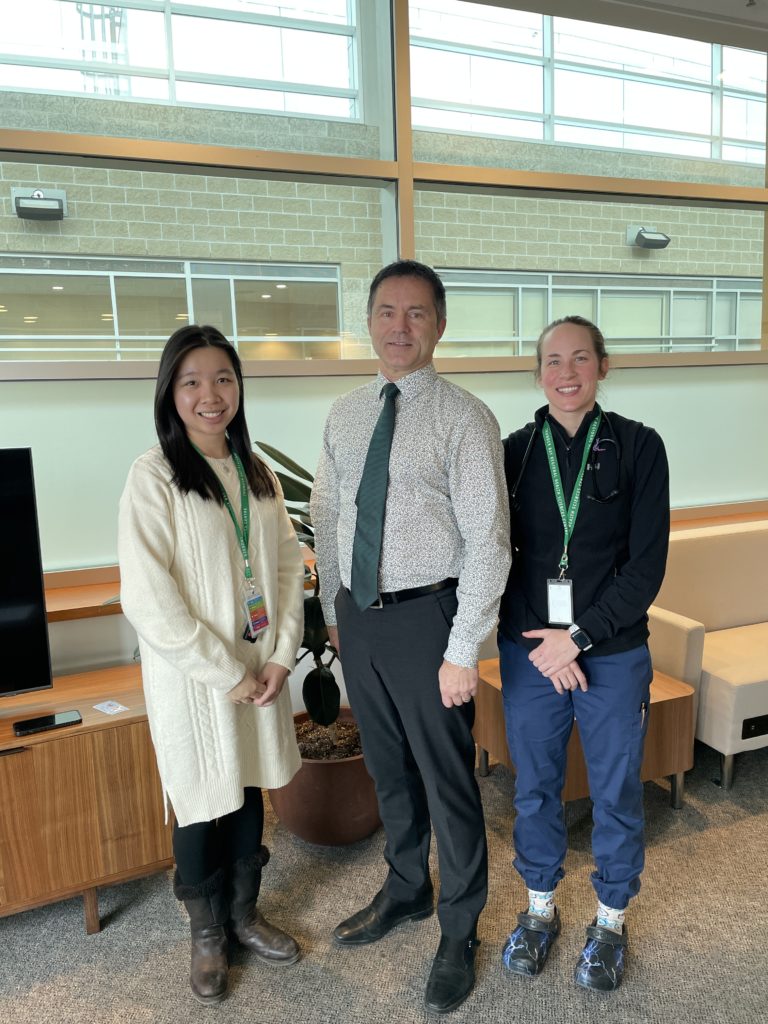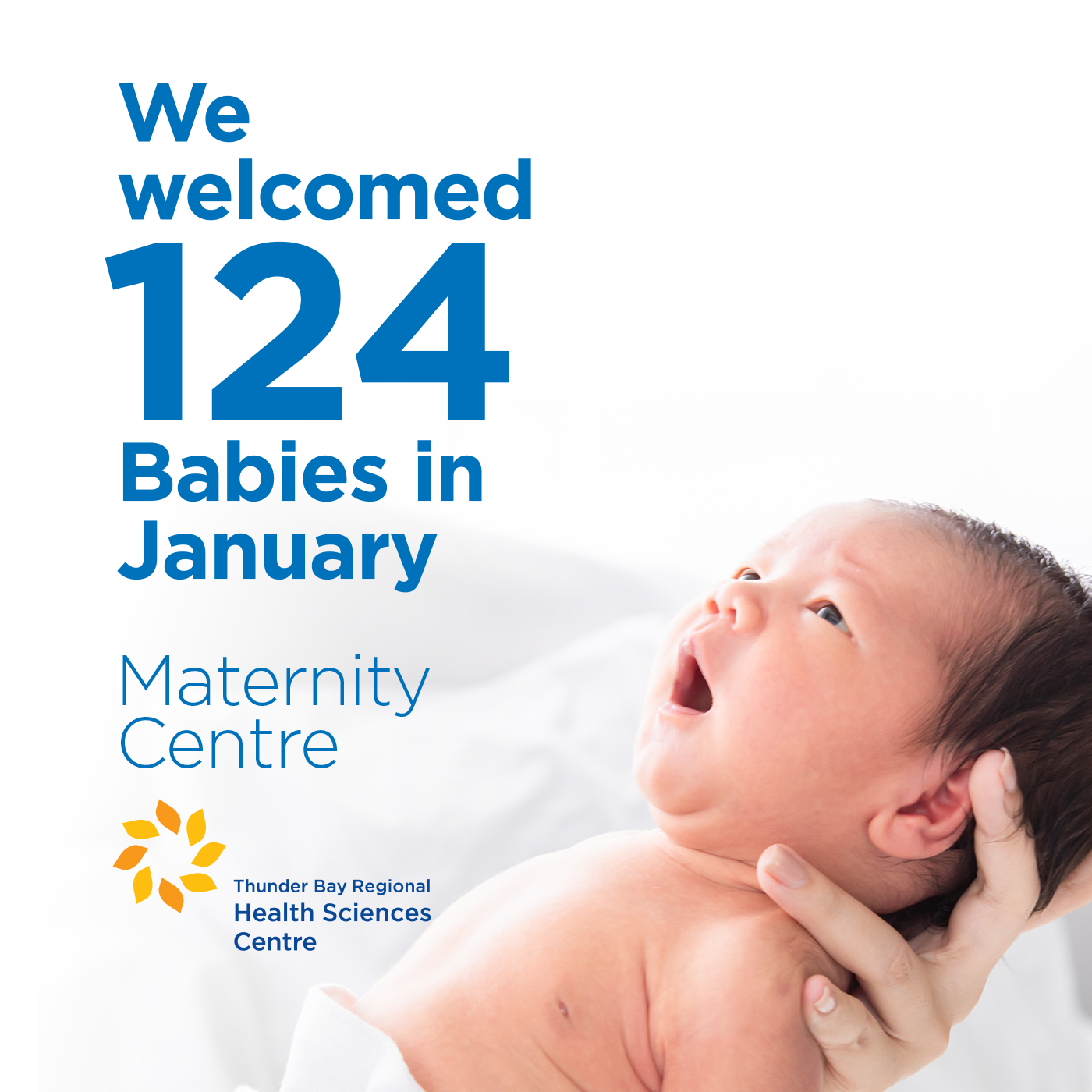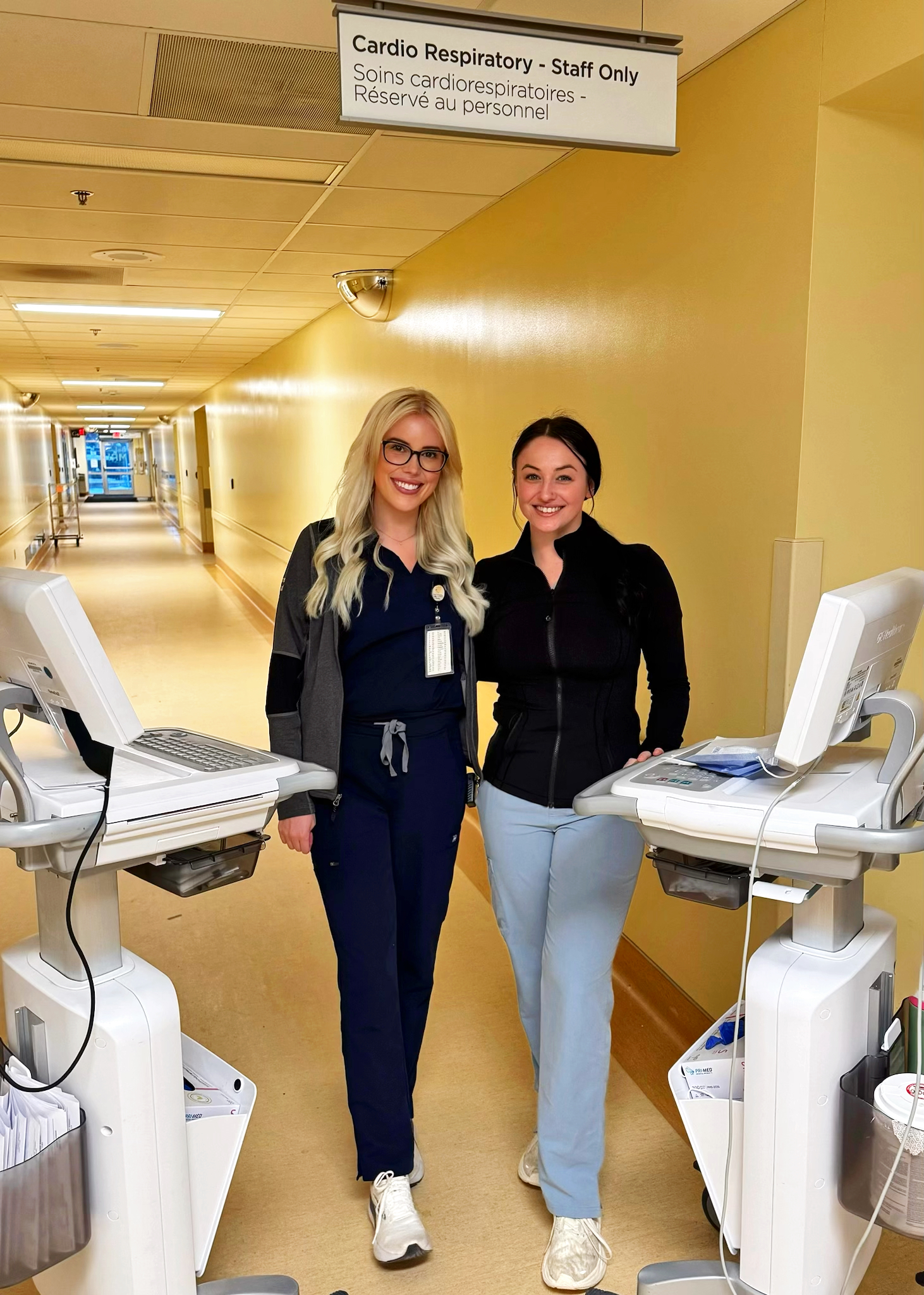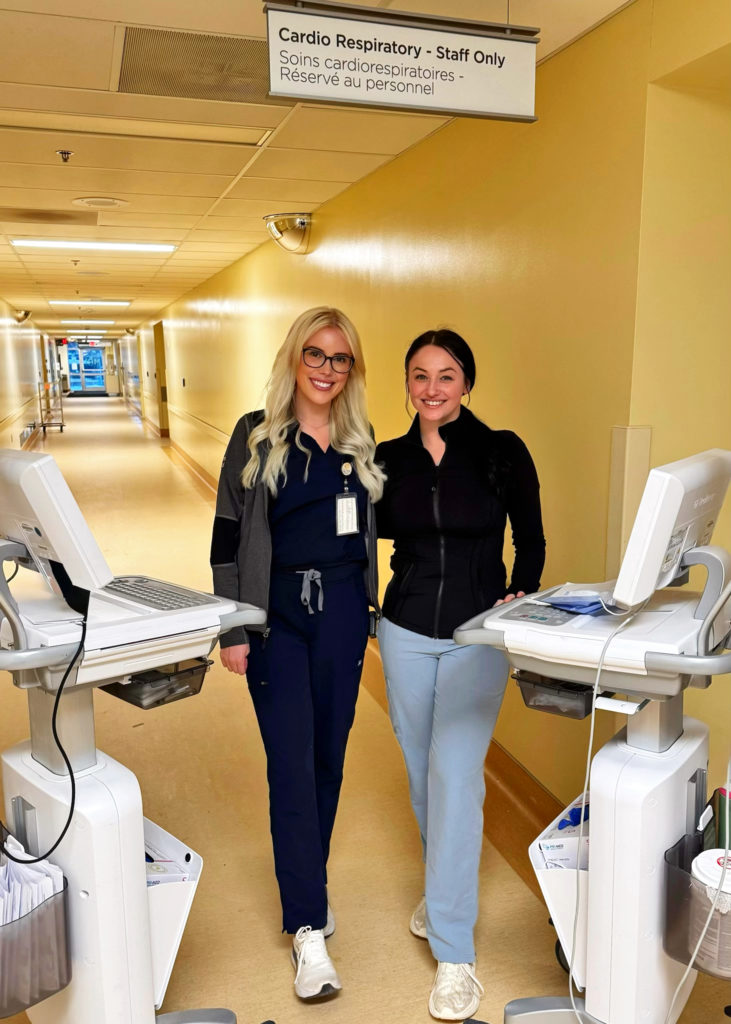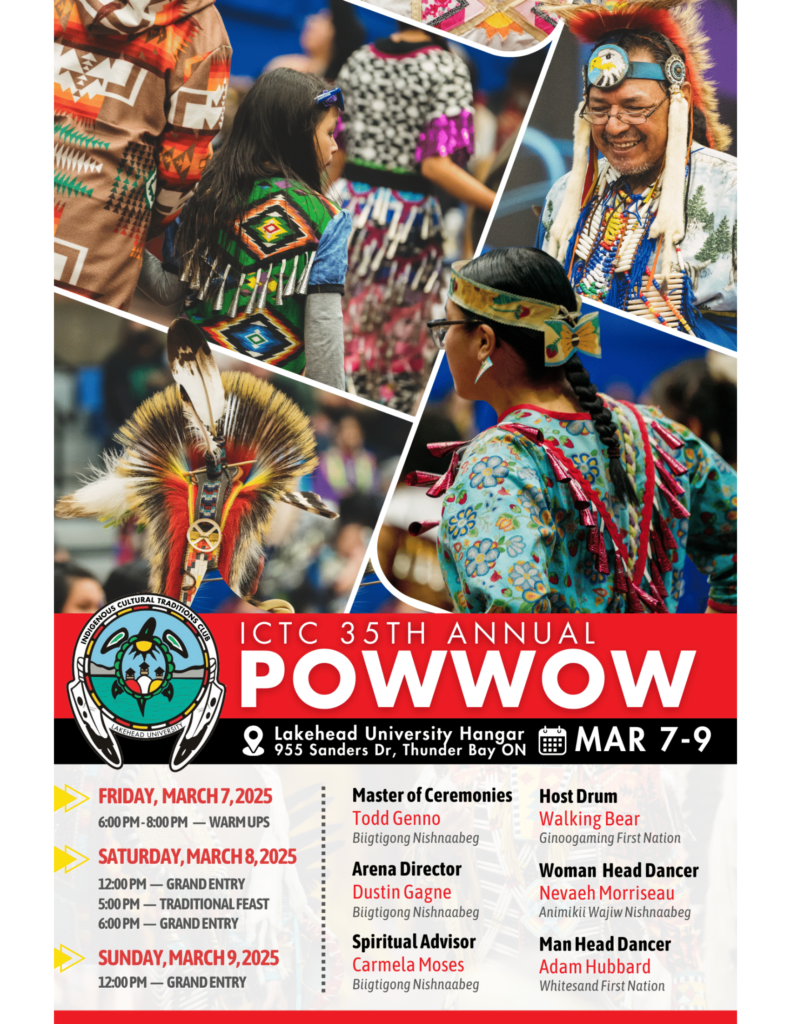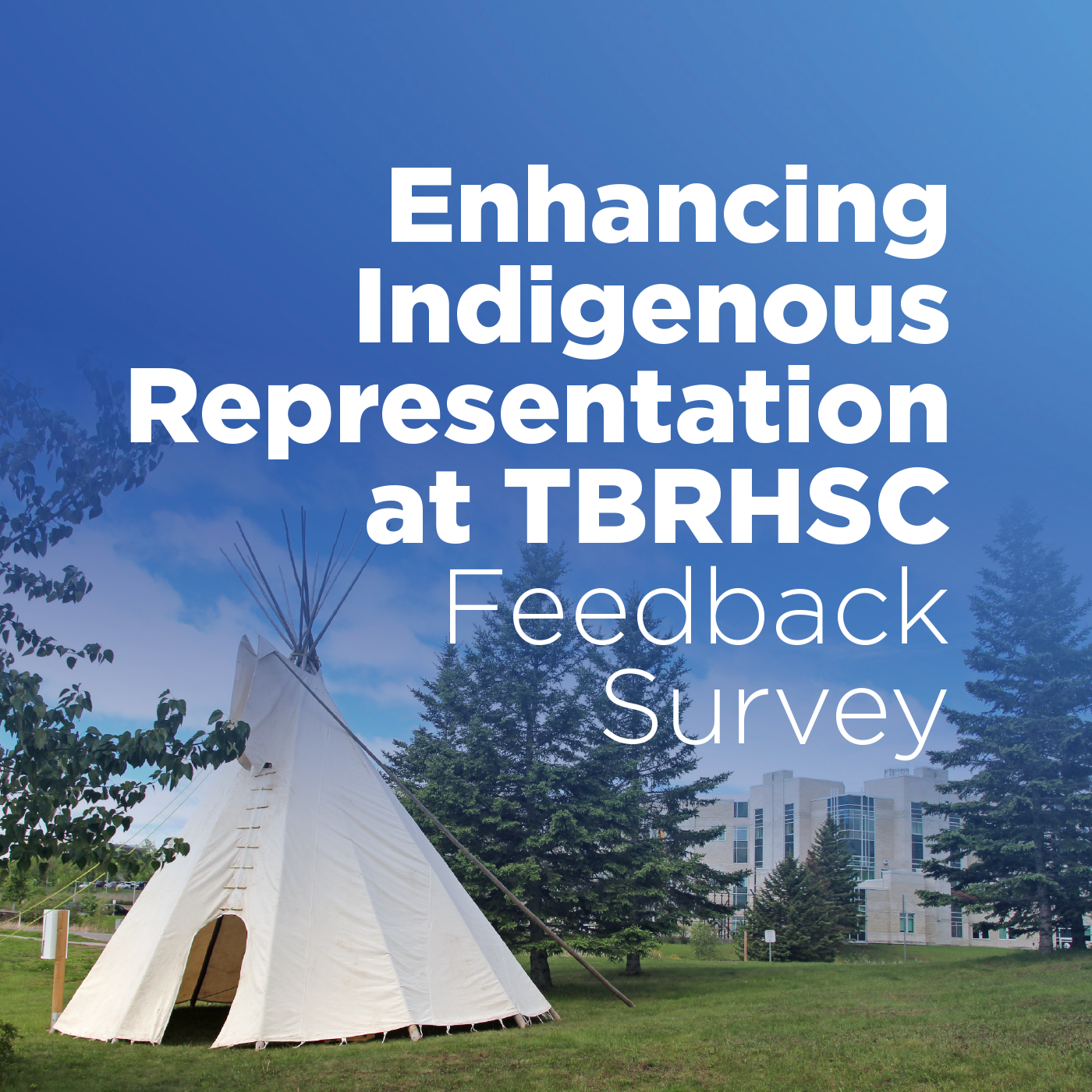Shared on behalf of Justin Garofalo, Interim Vice President, Corporate Services & CFO and Jeannine Verdenik, Vice President, People & Culture
As we continue through the winter season with reduced daylight hours, it is critical to prioritize pedestrian safety. Especially in adverse weather conditions and times of reduced visibility. Our collective responsibility towards ensuring safe access to the Hospital is paramount. This memo is a reminder of our commitment to ensuring safety within our community. By adhering to travel practices, we contribute to a safer environment for everyone.
Pedestrian Safety Guidelines
Designated Sidewalks & Crossings All pedestrians are to utilize official access sidewalks and designated pedestrian crossings. These areas are designed to enhance safety and visibility and receive added snow and ice control measures.
Visibility You may not be immediately visible to vehicular traffic. It is important to wait for vehicles to come to a complete stop and acknowledge your presence before proceeding to cross roadways. During the winter months, when visibility may be reduced due to daylight savings or weather conditions, is it crucial to travel along designated sidewalks and crossings.
Stop for Pedestrians When travelling by vehicle, stop for pedestrians waiting to cross a roadway. We emphasize the importance of safe driving in adverse weather conditions. Allow ample time to stop when approaching designated pedestrian crossings. Please encourage staff to reduce speed on hospital property and exercise increased caution at pedestrian crossings.
Key Takeaways:
· Staff are required to travel onto and off the property only via official access routes.
· While travelling on the property, please adhere to the use of sidewalks and designated crossings.
· While travelling by vehicle, stop for pedestrians to cross a roadway.
We thank everyone who continually exercises all measures of caution when entering and exiting Hospital property. We all share in the responsibility of keeping our workplace safe and together we can ensure that our property remains a safe zone for all staff, patients and families, and the greater community.
For more information, please refer to OHS-os-253 Slips, Trips and Falls Prevention Policy.
cc: Joint Occupational Health and Safety Committee (JOHSC)
